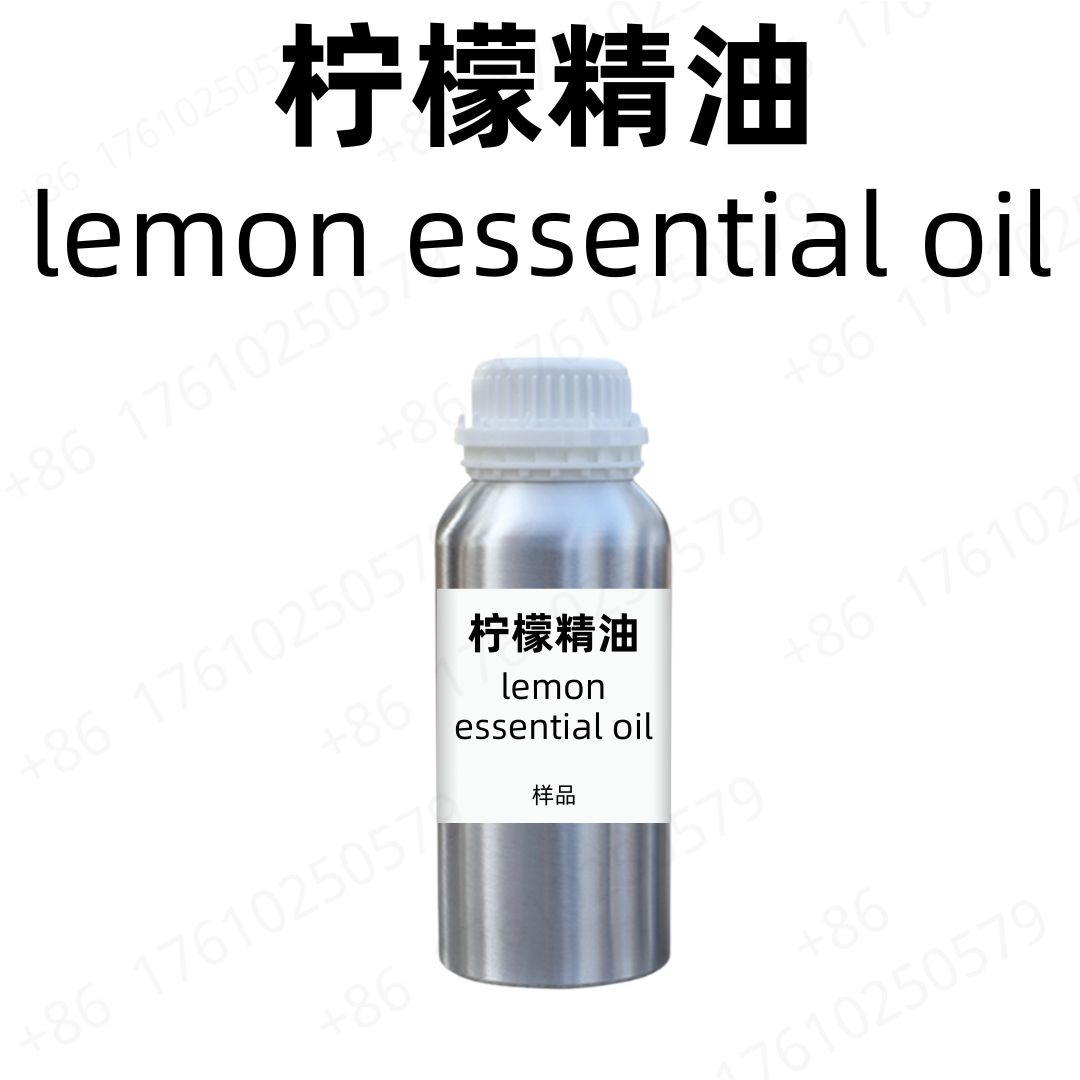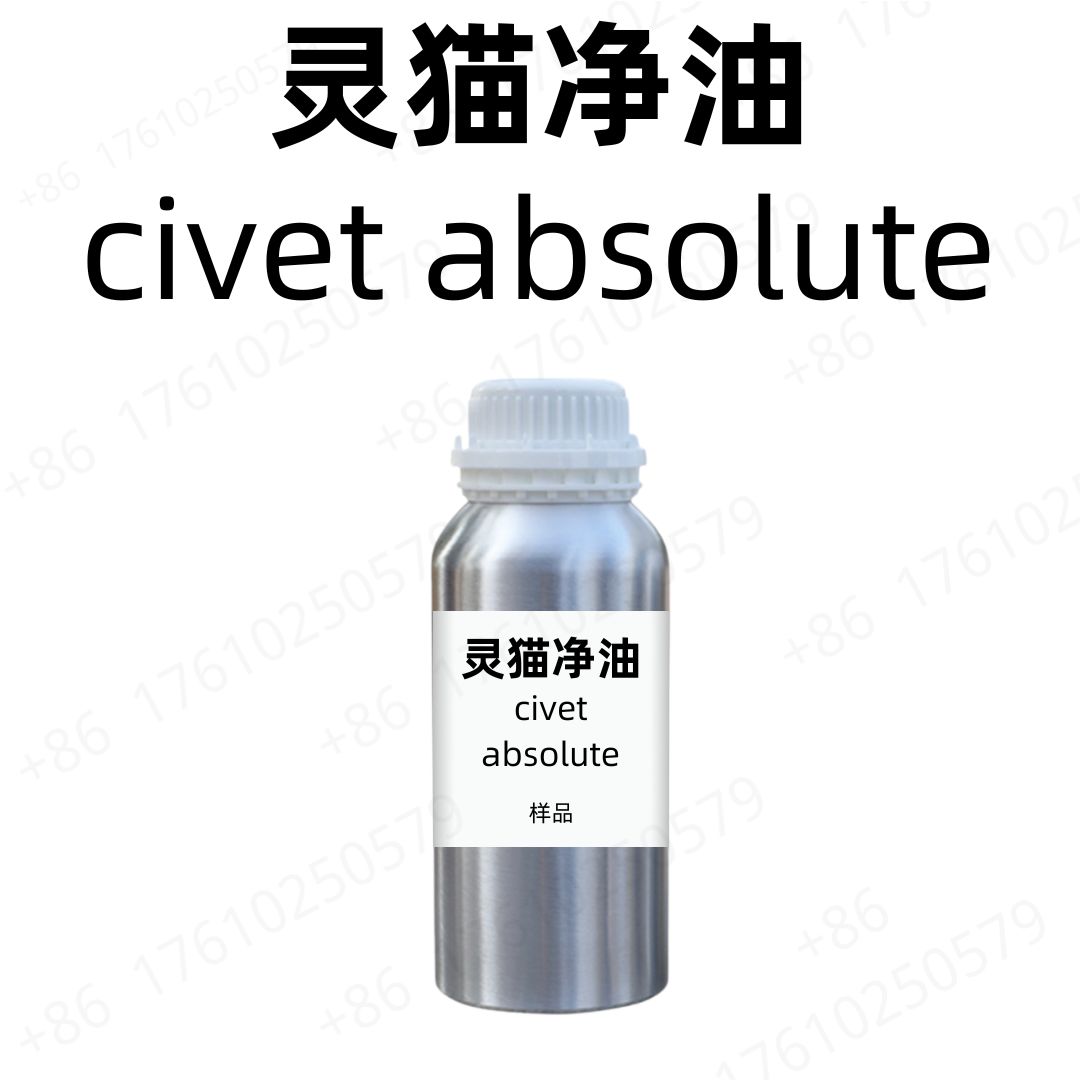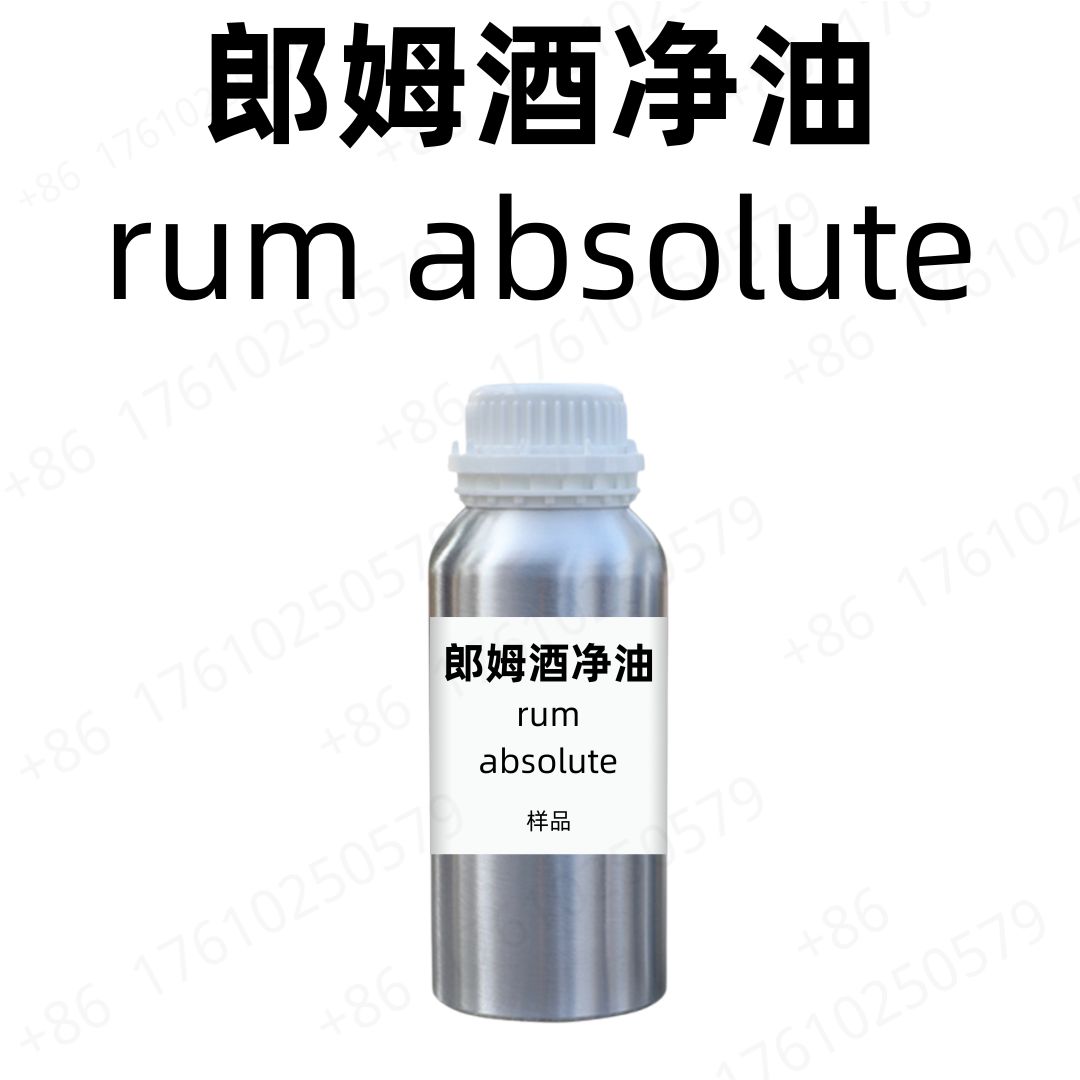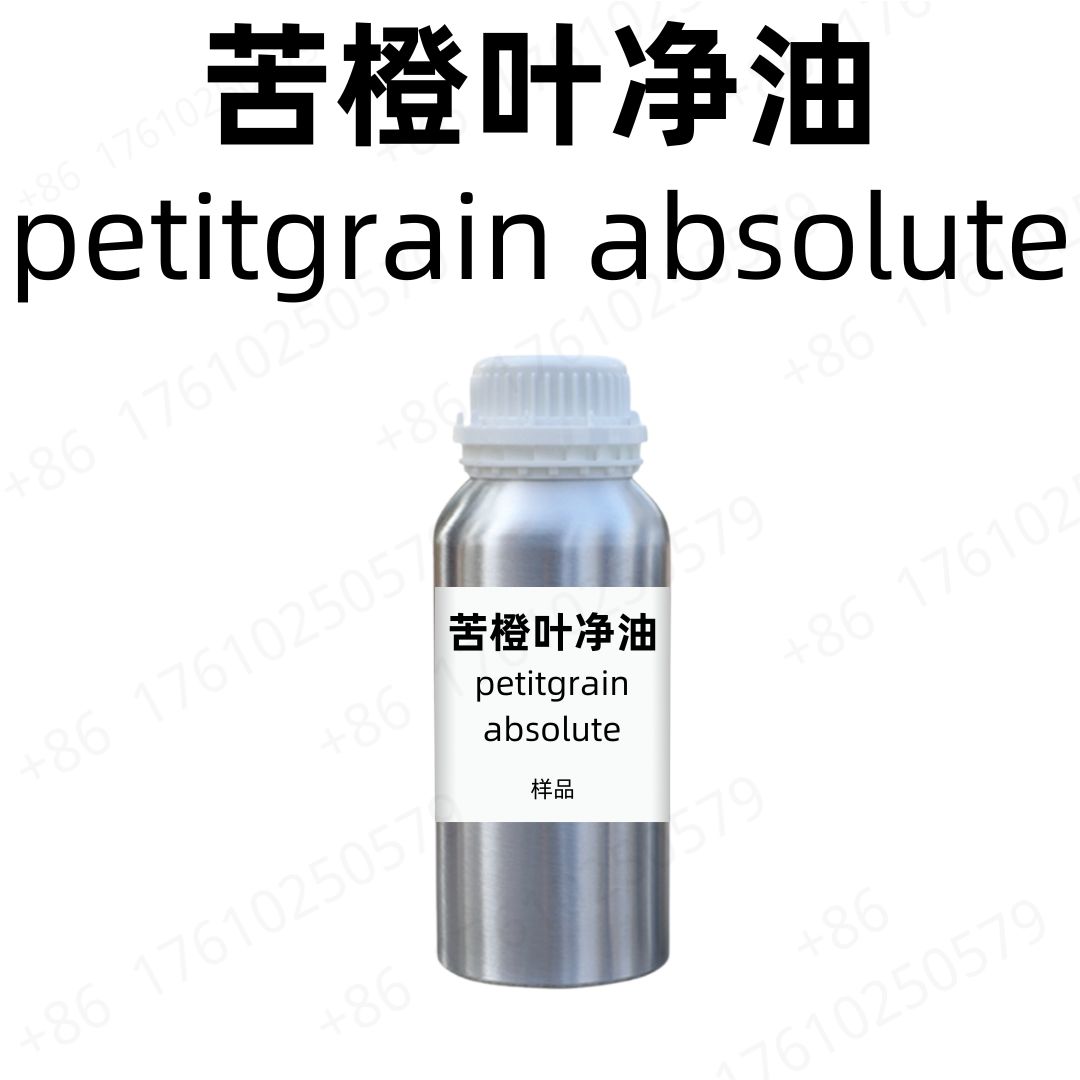Product Introduction
Catnip essential oil is derived from the leaves and flowers of the catnip plant, known for its mild sedative properties. While often associated with stimulating effects for cats, this essential oil offers various benefits for human use. It has been used in traditional medicine for its calming effects, making it a unique addition to aromatherapy practices.
Production Process
The extraction of catnip essential oil typically involves steam distillation of the plant material. This method helps to preserve the delicate aromatic compounds found in the leaves and flowers while ensuring a high-quality oil.
Effects and Functions
The primary compound, nepetalactone, contributes significantly to the oil's effects. Catnip essential oil can promote relaxation and reduce anxiety. It may also support healthy sleep patterns. Some users find it useful for relieving minor stress and tension, making it a popular choice for those looking to unwind.
Application Scenarios
This essential oil can be diffused in a relaxing environment, added to bath water, or included in massage oils for a soothing effect. It can also be combined with other oils like lavender or chamomile to enhance its calming properties. Moreover, it’s suitable for use in natural skincare products for its potential soothing effects.
Source
Catnip essential oil is sourced from the leaves and flowers of the catnip plant, primarily grown in regions with suitable warm climates. It thrives in well-drained soil and can often be found in herbal gardens.
Packaging and Transportation
Storage Conditions
This product should be sealed and protected from light, kept away from high temperatures, and stored in a dry, cool, and well-ventilated place.
Packaging Method
Bulk: 25kg/drum; samples: 5ml/bottle, 100ml/bottle, or customized according to customer requirements.
Shipping Method
FedEx, DHL, dedicated logistics, and sea freight consolidation are commonly used for shipping catnip essential oil.
Shelf Life
The shelf life of catnip essential oil is two years, assuming optimal storage conditions are maintained.
Monica Sun’s expertise in the cosmetic ingredients industry spans emulsifiers, active components, and plant-based raw materials development and application. She is dedicated to integrating science and nature, providing high-performance and eco-friendly ingredient solutions for skincare and personal care products.

















